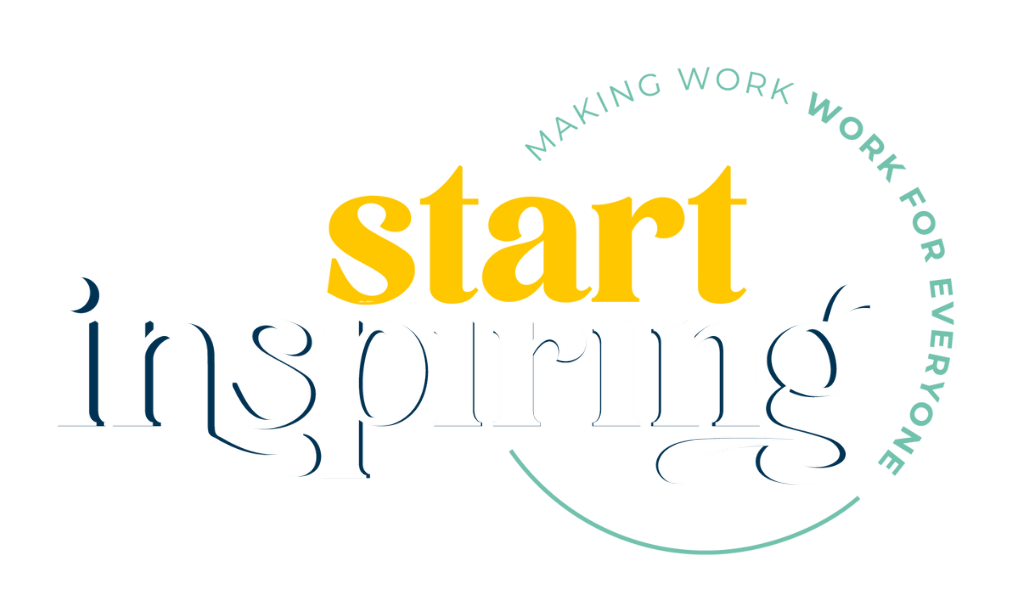Team coaching: from silo to synergy
3 min read
Hospitals are among the most fascinating buildings in the world.
No, I don’t mean the often drab divisional structures with smatterings of temporary-but-have-been-there-for-thirty-years prefabs, I mean what happens inside them. They encapsulate the entire human experience, birth to death, with all the drama in between. They are the scene of our most joyous moments and our darkest fears - the walls have observed them all.
But what I’m really interested in is what we can learn from the unique ecosystem inside, humming away 24 hours a day, 7 days a week.
When a woman goes into labour, she will have a midwife or doctor with her for a potential 12 hour shift. This medic will make notes constantly, observe her stats and signal for support if the moment arises. Yet, this person is not alone.
Every hour, without fail, a different medic will come into the room and double check these notes against what they can see with their own eyes - they call this ‘fresh eyes’. Makes sense, doesn’t it? A 12 hour shift is a long time to shoulder the responsibility of getting it right every single time, to assume that your judgement is so good that you don’t benefit from questioning or scrutiny seems foolhardy. Having another view, a chance to say ‘do you see what I see, or do I need to reconsider?’ seems to be essential. It just makes sense.
To continue this observation, inside each room is a bright red button with ‘EMERGENCY’ blazoned across the top. A silent reminder that things can and do go wrong sometimes. When this button is pressed, a high pitched, loud, relentless alarm jolts through anyone and anything within a 25 meter radius. Medics and laypeople alike understand what this noise means: danger. However, where a layperson understandably may respond in panic, something quite magical happens next:
Medical staff of all shapes, sizes and disciplines flow into the room and within seconds a symphony of perfect movement unfolds: everyone knows their role, they work purposefully, at speed.
There is a synergy between every person there - each knows their part and carries it out harmoniously and in sync with every other person in the room.
They aren’t in anyone else’s way, and, most importantly, they aren’t in their own way.
What does this have to do with coaching?
Well, this situation demonstrates when purpose, synergy and collaboration come together. This can only be achieved through understanding where you fit in the bigger picture, what your value is, what your purpose is. Getting to this point cannot and should not be done in isolation.
Team coaching is a powerful and effective coaching technique with people to improve their health, wellbeing, personal strengths, self-efficacy, leadership qualities, team building, and beyond (Armstrong et al., 2013; McDowall & Butterworth, 2014).
The dynamics within a team can be just as complex as the ones within our families - different needs, strengths, pressures, experiences all colliding together. As with any grouping of people, these elements can cause misunderstandings, disharmony, perhaps even pain, at times.
The coaching environment can make the unknown, known.
Exploration of these pressure points is done in a safe and constructive way, revealing an appreciation of the diversity within the team, whilst growing understanding and empathy for the experience, motives and unique talents that each individual has to offer: potential is unleashed.
Wisdom of the crowd
There is a principle in economics that states that groups of people are collectively smarter than any individual (even an expert). It is widely accepted that any given ‘crowd’ is likely to be stronger in terms of accuracy if it is more diverse. Now, we aren’t going to start discussing the economy - we are interested in the people behind those numbers. But it’s an intriguing idea, isn’t it?
We are constantly pummelled by the message that we must fight to be distinguishable from the masses, be an individual, be special, yet we know there are occasions when we are simply more effective as part of a collaborative effort.
Team coaching clients benefit from peer-to-peer learning with others, commonly referred to as the collective wisdom of the crowd.
This peer learning is often as important as the interaction with the coach. Many people find the process "less on the spot", giving them more time to reflect and consider their true feelings or ideas about something.
A skilled coach will step back and create a strong framework for the coaching to emerge from.
From a financial perspective, coaches find that team or group coaching is a powerful way to leverage their time and resources, enabling them to work with more clients over less time, potentially at a lower price point per person.
Thankfully, the cynicism around our ability to change our behaviour, personality or beliefs is slowly beginning to fade, largely thanks to the groundbreaking section of science known as neuroscience. If you are intrigued and want to know more, take a look at our blog ‘Can you literally change your mind?’, where we look at the fascinating and impressive abilities that our brains are capable of.
You knew before you read this blog that you have immense influence (and responsibility) as a leader, and you know you want to scale your business in a responsible, long-lasting way. Hopefully, you now realise that coaching has the potential to support the growth of both you, your people and the bottom line.
Choosing a coach is an important decision.
If coaching is to be effective, establishing a sense of trust and safety is essential. You have to feel that you can be absolutely transparent and honest so that the conversations are meaningful and can begin to illicit real, lasting growth.
At Start Inspiring, building relationships based on mutual respect and investing in the people behind the numbers is what we do best.
If you have any questions, or would like to know more, get in touch and we can chat through the type of support that might be best suited to you and your business.
References:
Armstrong, C., Wolever, R. Q., Manning, L., Elam, R., Moore, M., Frates, E. P., Lawson, K. (2013). Group health coaching: Strengths, challenges, and next steps. Global Advances in Health and Medicine, 2(3), 95–102.



